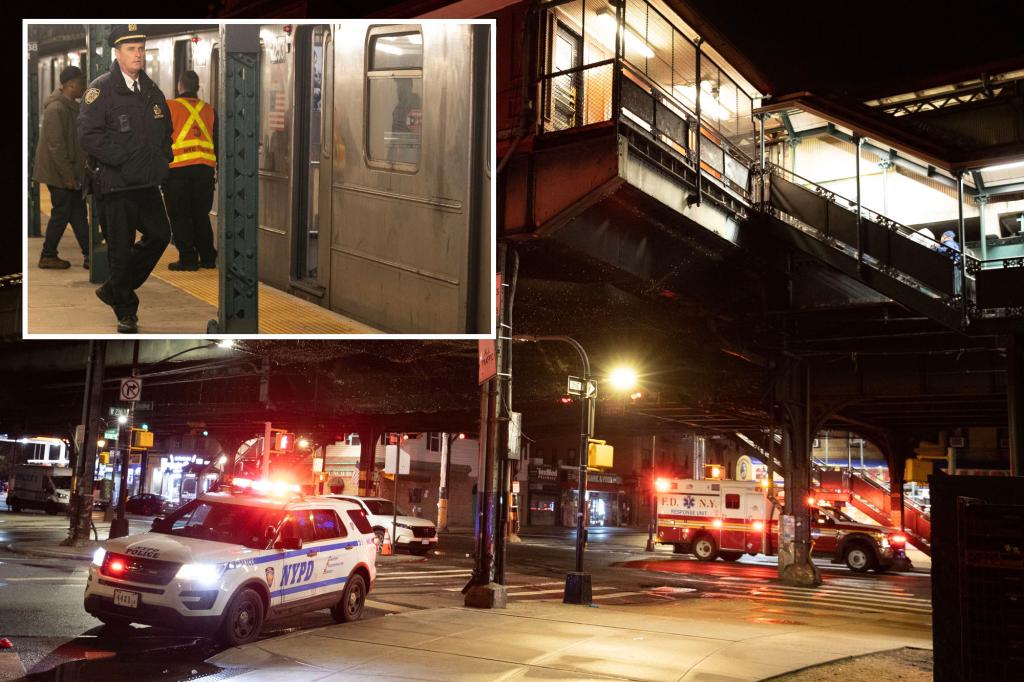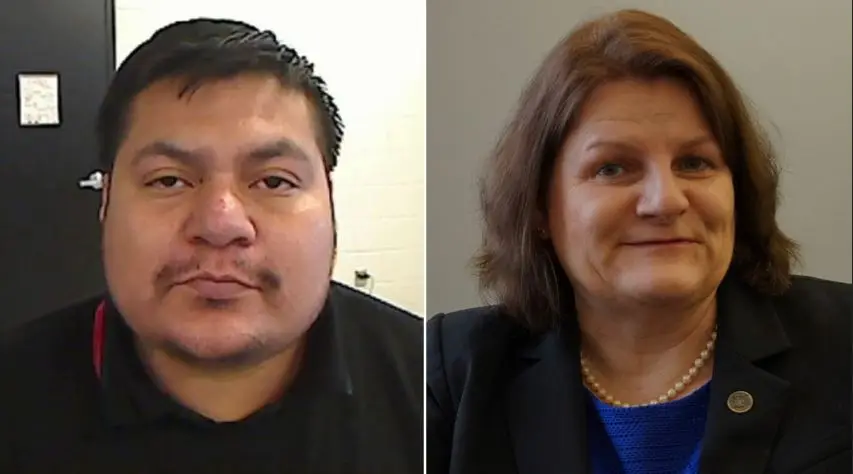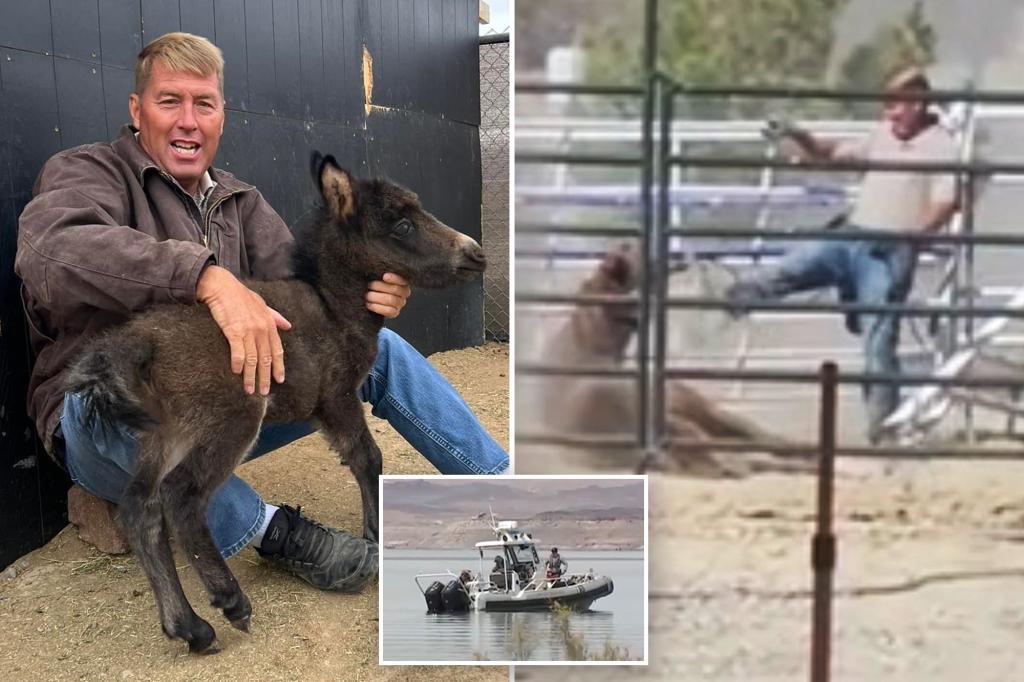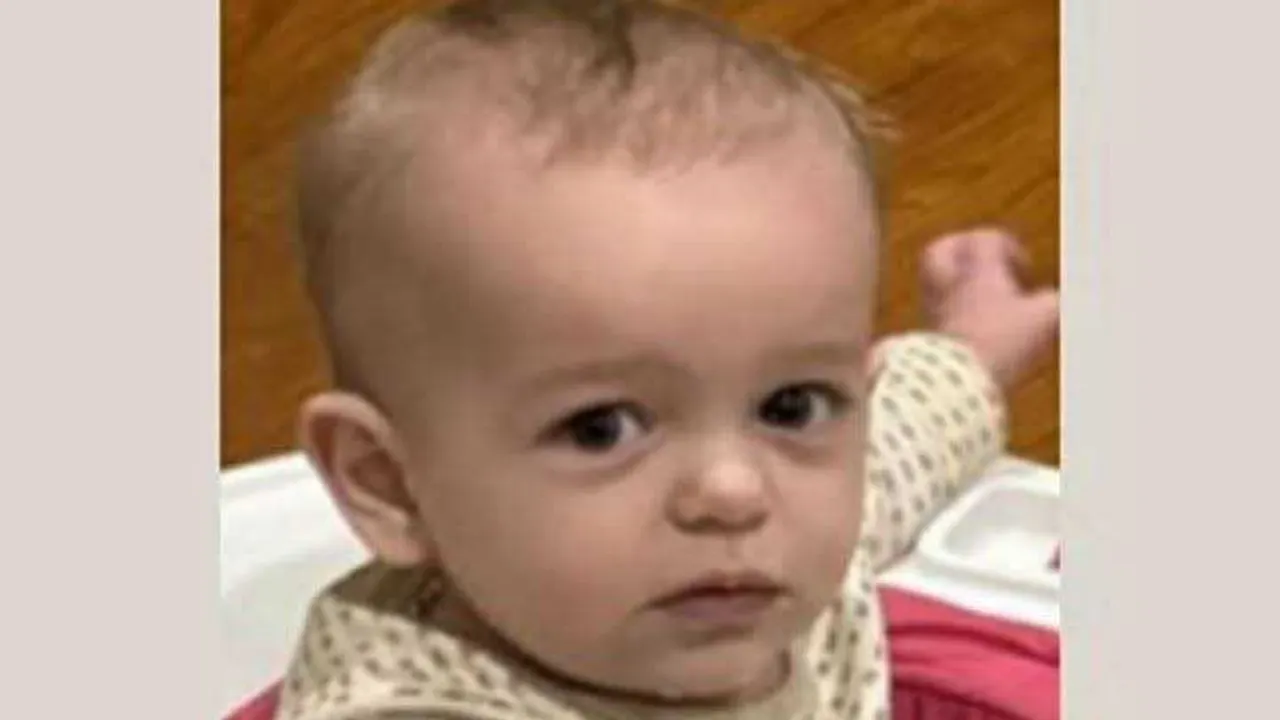Mysterious Death on NYC Subway Tracks: What Happened Before the Tragedy?
A 45-year-old man was found dead on New York City subway tracks early Tuesday morning, his body wedged between two train cars at the 14th Street-Union Square station. Emergency responders pronounced him dead at the scene around 5:30 a.m., launching an investigation into whether this was a tragic accident, suicide, or something more sinister. The incident has reignited concerns about subway safety in a system that transports over 3 million daily riders.
Eyewitness Accounts and Initial Findings
Transit workers first spotted the victim during a routine inspection before morning rush hour. “We heard a muffled scream around 4:45 a.m., but with train noises, it was hard to pinpoint,” said station cleaner Miguel Torres, one of the first witnesses. “When we checked between the cars, we saw…it was too late.”
Police recovered surveillance footage showing the man entering the station alone at 4:32 a.m. Investigators noted these key details:
- The victim carried no wallet or identification
- Security cameras captured no altercation before the incident
- Toxicology reports are pending (standard procedure in such cases)
Subway Safety Under Scrutiny
This tragedy occurs amid growing concerns about NYC subway safety. While statistically rare – with just 1.3 fatalities per 100 million rides according to MTA data – high-profile incidents create public anxiety. Last year saw 68 track-related deaths systemwide, with approximately:
- 42% ruled suicides
- 35% accidental falls
- 23% undetermined causes
“Between crowded platforms, mental health crises, and aging infrastructure, we’re playing Russian roulette with rider safety,” warned transit safety advocate Deborah Chen. She points to delayed platform screen door installations as a critical failure.
The Human Cost Behind the Statistics
As detectives work to identify the victim, homeless advocates note the disproportionate impact on vulnerable populations. About 38% of subway fatalities involve homeless individuals, per Coalition for the Homeless data.
Dr. Alan Weiss, a forensic psychiatrist, explains: “The subway becomes a perilous refuge for those in crisis. Without proper lighting, barriers, or mental health resources underground, tragedies become almost predictable.”
Meanwhile, transit workers bear emotional scars. “You never forget finding someone like that,” shared veteran conductor Luis Mendez. “We need more training to handle these situations – both for riders and ourselves.”
Prevention Efforts and Systemic Challenges
The MTA has implemented several safety initiatives in recent years:
- Expanded Crisis Intervention Team program (142 specialists deployed)
- Blue Light emergency stations on platforms
- “See Something, Say Something” public awareness campaign
However, budget constraints have slowed platform barrier installations, currently only present at three stations. “At $50 million per station, we must prioritize based on risk factors,” explained MTA spokesperson Janelle Cruz.
What Comes Next in the Investigation?
Authorities expect the medical examiner’s report within 2-3 weeks. Detectives are:
- Reviewing hours of surveillance footage
- Checking missing persons reports
- Analyzing the victim’s clothing for clues
Community organizations have increased outreach near transit hubs. “We’re handing out crisis hotline cards and checking on regulars,” said outreach worker Tamika Johnson. “If this was someone’s rock bottom, we want to catch others before they fall.”
A City Grappling With Transit Safety
As New Yorkers process this incident, broader questions emerge about balancing open access with passenger protection. While some advocate for comprehensive platform barriers like London’s Tube, others worry about accessibility impacts and costs.
For now, the 14th Street station remains open, with a makeshift memorial growing near the accident site. The victim’s identity – and the full story behind his final moments – may hold lessons for preventing future tragedies.
If you or someone you know is struggling with mental health, contact the 24/7 NYC Well hotline at 1-888-NYC-WELL. For anonymous subway safety concerns, text 511 with location details.
See more Update My News



